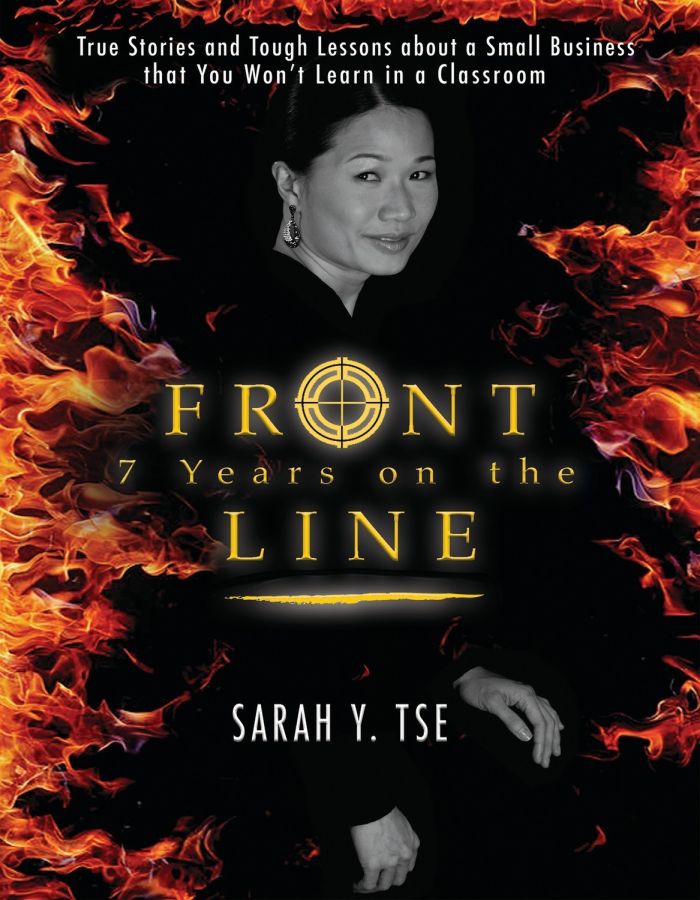How To Succeed In A Small Business While Handling Adversity

LOS ANGELES: Early in her career as a publishing entrepreneur, Sarah Tse agreed to a deal worth nearly three million dollars with a new client.
Tse had to advance the client 1.3 million dollars to make the deal work. With just a handshake and no legal paperwork, Tse trusted the arrangement would be a prosperous one. It turned out to be a huge failure, though, as the client refused to pay a subsequent balance payment of $1.35 million, a setback that nearly caused her to lose her company.
But she persevered and came back, and despite additional legal problems from other issues that would threaten her business, she is now sharing her moving story in a new book, 7 Years on the Front Line: True Stories and Tough Lessons about a Small Business that You Won’t Learn in a Classroom.
Tse survived many challenges, including an unjustified three-year long IRS audit, her own interim CEO seeking to undermine her, and a lawsuit for $2,900 bill that ended up costing her many times more in legal fees. These may seem like examples of a business failure, but they are the lessons learned by a strong and empowered immigrant woman of faith who was able to establish, grow, and re-grow her business.
The book describes:
How a strong-willed immigrant crossed cultural and gender boundaries to become a successful entrepreneur
The challenges women face in business, and the opportunities available to them
Motivational insights for living a healthy, balanced life
The shortcomings of the legal system – knowing when to sue and when to settle
The importance of maintaining character and reputation during times of adversity“I want to give hope and inspiration to the millions of people who launch a business this year,” says Tse, “and to tens of millions more who struggle to survive and thrive in the small business world, especially during a pandemic and strained economy. I intentionally made my story one that is transparent so that people can see how real people make real mistakes – and how they can find achievable solutions.”






